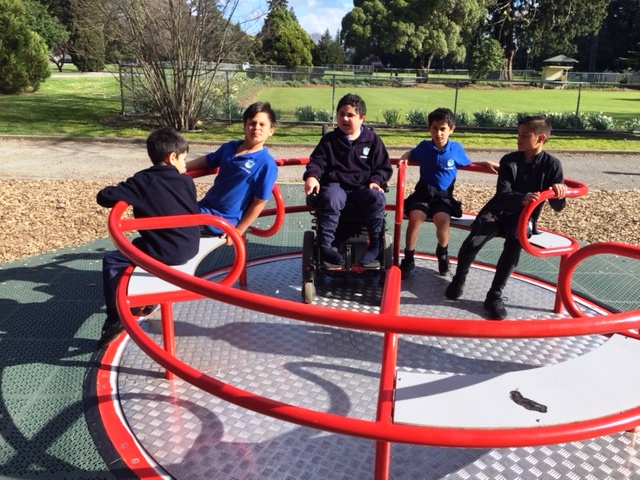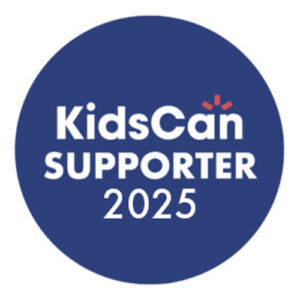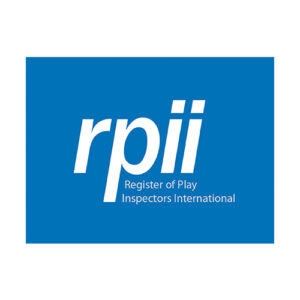Creating Accessible and Inclusive Playgrounds: A Guide to Design
In the field of playground creation and renovation, weaving accessibility and inclusivity into the design is not just an option—it’s essential. Every child, including those with physical or cognitive disabilities, deserves the joy of play, the freedom to explore, and the opportunity to engage in social interactions within a safe and accommodating playground environment.
Read on for tips on how to incorporate accessibility and inclusivity into your playground design and development.
Begin with Accessibility
The blueprint for an inclusive playground starts from the ground up, literally with the pathways that lead to it. Ensuring these pathways are wide, firm, and non-slip is essential, facilitating easy access for everyone. Inside the playground, the choice of safety surfacing plays an important role, allowing children with mobility impairments to navigate and enjoy the playground independently.
Read more about Common Safety Surface Options in our blog here.
Prioritising Inclusive Playground Equipment
Accessible Playground Equipment
Accessible equipment is crucial in an inclusive playground. These are items into which children can bring their mobility devices, such as wheelchairs, without needing to exit the device. Examples including inground carousels, trampolines, and accessible swings, ensure everyone gets to play without barriers. Playground structures and elevated platforms can be made accessible by including ramps or tiered designs. Make sure you also incorporate wide entry point and ground-level activities. (View our range of Accessible Playground Equipment here).
Transferable Playground Equipment
Transferable equipment requires a child to move from their mobility device to the equipment. While offering less independence, careful design can optimise user friendliness. Smooth surfaces (no ropes or chains), wheelchair-height designs, and considerations for transfer space are important. Additionally, adding supports like handrails and harnesses can greatly enhance usability for children with limited mobility. (View our range of Transferable Playground Equipment here).
Sensory Playground Equipment
Recognising the diverse needs of children with sensory sensitivities is the third important step to consider. Incorporating sensory stimulation, through tradition panels and musical instruments or through innovative tactile surfaces and visual elements, can enhance the playground experience. These multisensory experiences are key in fostering exploration and engagement for all children. (view our range of Sensory Playground Equipment here).
Spaces for Everyone
Accessible and inclusive playgrounds also need to consider accessible seating and retreat areas, where children can take breaks, socialise, or reduce sensory overload. These areas are vital in creating a balanced and welcoming environment.
Design with Awareness
Awareness of common disabilities informs thoughtful design choices. For example, using contrasting colours aids children with visual impairments, while braille signage and tactile maps can enhance their navigation and understanding of the playground layout. Similarly, sign language boards and communication boards promote inclusivity for children with hearing or verbal impairments. For those with cognitive disabilities, creating quiet spaces and incorporating sensory integration equipment like swings can help manage self-regulation and encourage sensory exploration.
A playground designed with thought, care, and an understanding of diverse needs goes beyond simple play. It becomes a vibrant community hub where every child feels valued, included, and empowered to engage in meaningful social interactions. An inclusive playground is not just a space—it’s a statement that every child belongs and has the right to joy, exploration, and friendship. Through intentional design, we can create playgrounds that embrace this ethos, fostering inclusivity and accessibility for a brighter, more inclusive future.













